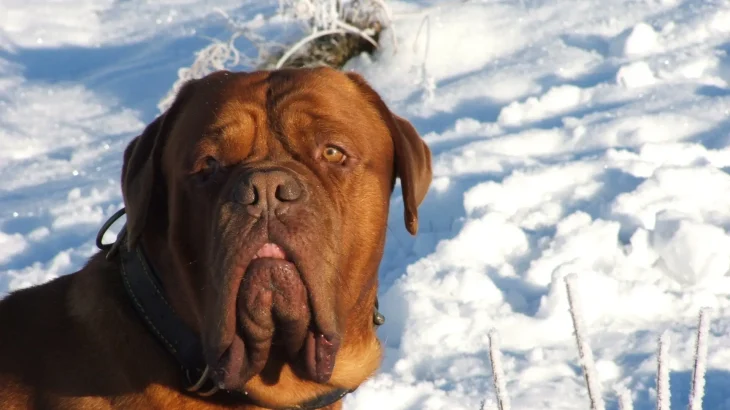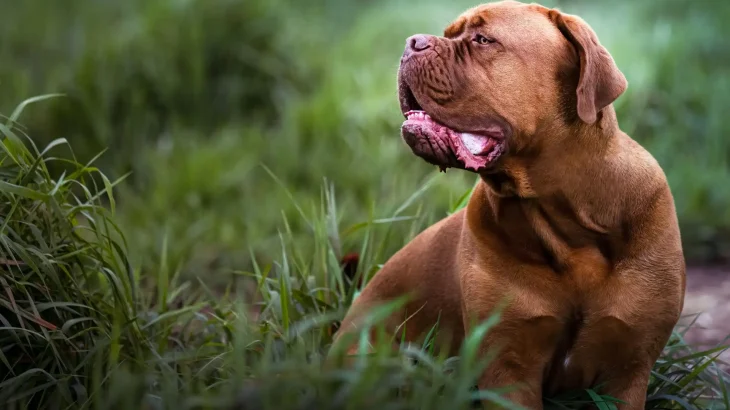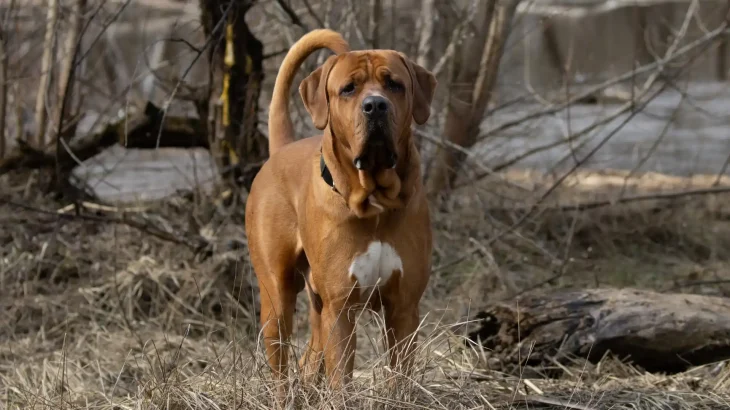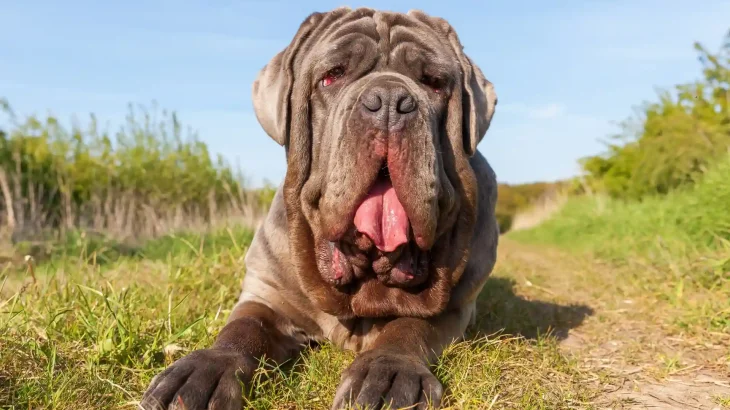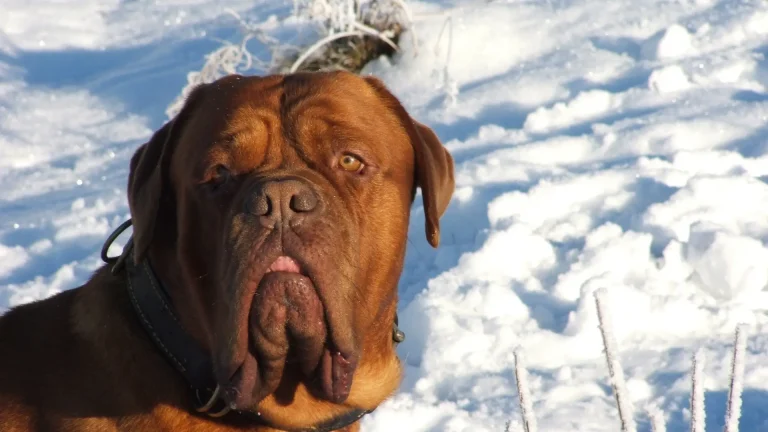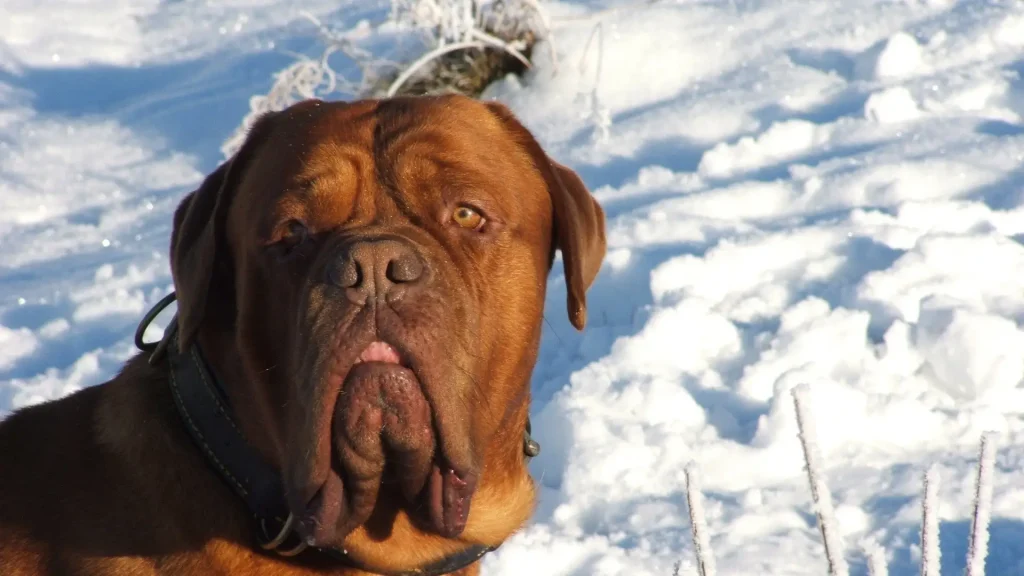When deciding to add a Korean Dosa Mastiff puppy to your family, you can either adopt or purchase from a breeder. Each choice offers distinct advantages regarding cost, health information, and ethical considerations. It's important to weigh these factors to find the option that best fits your lifestyle and values.
Adoption vs. Breeder: Pros & Cons
| Criteria | Buying from Breeder | Adopting from Shelter/Rescue |
|---|---|---|
| Cost | Generally higher upfront costs due to breed purity and breeder expenses. | Lower fees; adoption often more affordable and may include initial veterinary care. |
| Health History | Breeders provide detailed health records and screening for genetic disorders. | Health history may be limited or unknown; shelter performs basic health checks. |
| Age Availability | Typically available as young puppies, allowing for early socialization. | Range of ages available, though puppies may be less common. |
| Temperament Insight | Breeders offer insights into lineage temperament and behavior traits. | Shelter staff observe behavior but full background may be unknown. |
| Supporting Practices | Supports ethical breeding when choosing reputable breeders; promotes breed preservation. | Supports animal welfare by giving homes to dogs in need and reducing shelter populations. |
| Ethical Considerations | Potential risk of unethical breeding if not carefully vetted. | Promotes rescue and rehabilitation; helps combat pet overpopulation. |

